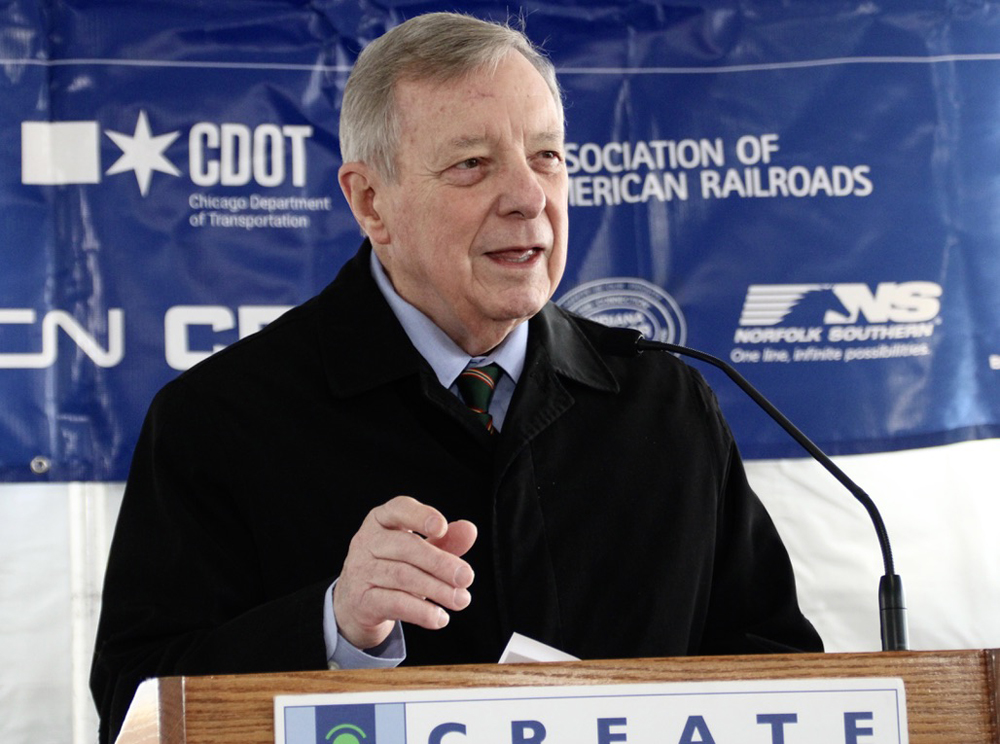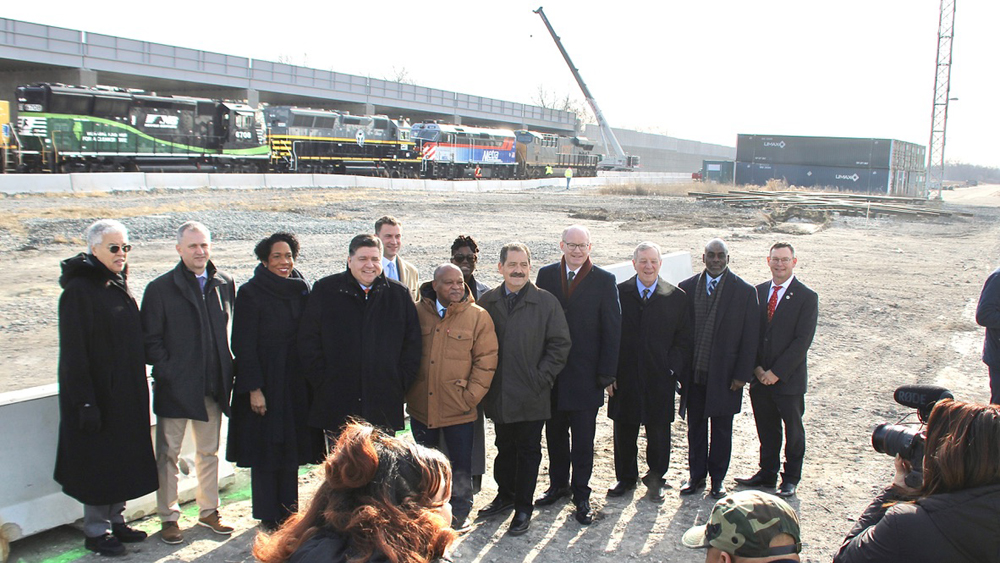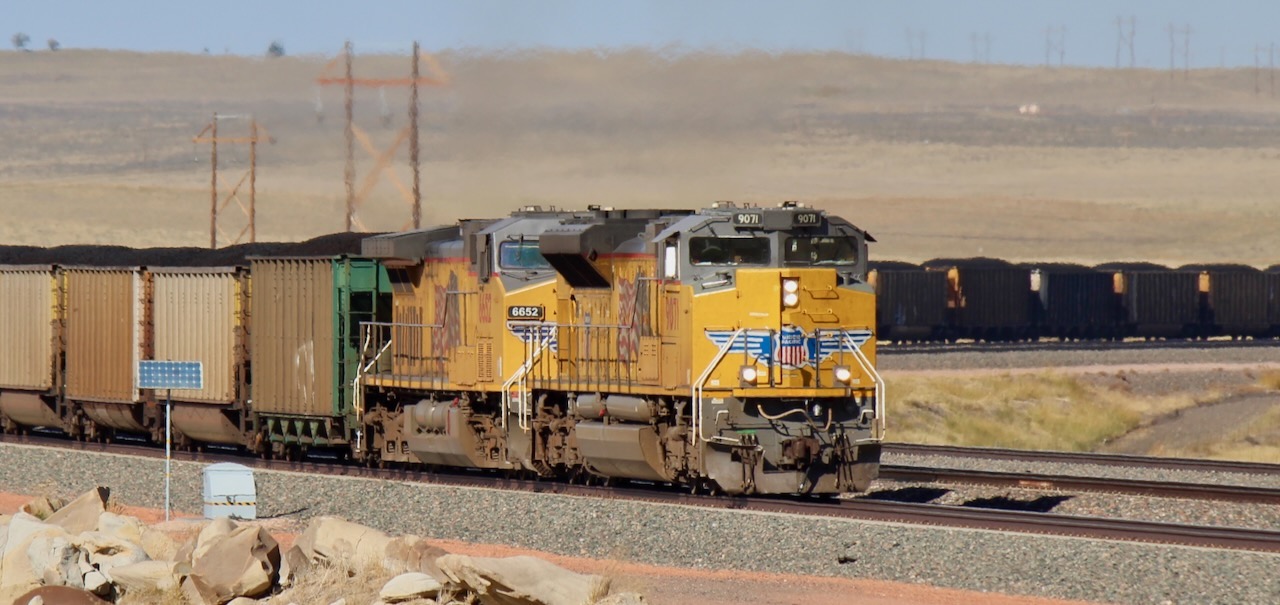The governor did veto a provision declaring the act effective immediately.
“Given the complexity of this legislation, the Utilities and Transportation Commission [which has rail-safety oversight duties in Washington] needs time to engage stakeholders in a rule making process, which is necessary in order to implement the safety requirements of the bill,” Inslee wrote.
In delving into the two-crewmember-minimum issue, the Washington Legislature took on two controversies.
One of those is the issue of crew size and whether that makes a difference for safety.
State House Bill 1841 does offer exemptions to the minimum rule, for Class III railroads, or short lines, “operating on their roads while at a speed of twenty-five miles per hour or less.”
But it also says the utilities commission can order additional crew members “if it is determined that such an increase in staffing or the placement of additional crewmembers is necessary to protect the safety, health, and welfare of the public, passengers, or railroad employees, to prevent harm to the environment or to address site specific safety or security hazards.”
Of particular concern in Washington is crude oil by rail. The state has five oil refineries.
“Since 2009, Washington State has seen a dramatic in-crease in hazardous material trains (e.g., highly flammable crude oil and compressed gases),” the Brotherhood of Locomotive Engineers & Trainmen reported last year. “U.S. oil production is expected to increase 25 percent by 2025, and it is expected that much of this oil will be transported by trains.”
Train length is another concern.
“Class I railroads are regularly running freight trains in excess of 10,000 feet in the Western Washington corridor,” BLET said. “Recently a train in excess of 12,000 feet traversed the Columbia Gorge; 15,000-to 18,000-foot long trains regularly run in some areas. Longer trains mean longer waits at crossings for the public as well as emergency responders seeking to reach locations of calls for help. Ensuring a minimum crew size would help ensure workers could separate trains at crossings in the event of an emergency.”
The other issue is whether states like Washington have the legal authority to set train crew sizes.
A legislative report on House Bill 1841 notes that federal law requires “laws, regulations, and orders related to railroad safety must be nationally uniform to the extent practicable.”
States can enact rail safety regulations unless the U.S. Secretary of Transportation adopts a rule or issues an order on the subject, which pre-empts the state-level rule.
States can adopt a more stringent rule, the report adds, to cover a local safety hazard, so long as it doesn’t conflict with federal policy and doesn’t “unreasonably burden interstate commerce.”
Further muddying the regulatory waters on the subject of crew size, in May 2019 the Federal Railroad Administration issued a ruling that “all state laws attempting to regulate train crew staffing in any manner” are preempted. In December 2019 Washington’s attorney general filed suit against the FRA, arguing that the final rule should be vacated because the FRA did not follow procedural requirements and the rule is contrary to the law allowing for exceptions to preemption.
Railroads opposed the legislation; representatives of BNSF Railway, Union Pacific and Genesee & Wyoming, which operates several short lines in the state, testified at legislative hearings.













Good job by the Gov. railroads should be required to have 2 man crews Nationwide period, short lines and class 1,s no exceptions. Remember what happened July of 2013 in the town of Lac-Megantic Quebec, was nearly wiped out and 46 people were killed by a runaway Central Maine & Quebec freight train cause of the 1 man engineer crew didn’t lock down enoff of the railroad cars brakes cause he was in a hurry and was tired . This tragedy should never have happened and the railroads should make sure is doesn’t ever again. 2 man crews will save lives.
One thing that is not talked about is broken knuckles, separated air hoses, inspecting train for hot box, sticking brakes or dragging equipment after being stopped by a detector. Many place are not accessible from a road. A 10,000 foot train has few locations to wait for help without having road crossings blocked for extended time. In the case of dragging equipment, stop must be made immediately.
Indiana had crew size law where they had to add a brakeman at the state line for trains over a certain length.
PS. One thing that would make a difference is reduce the number of hours a crew is needed to make operate in normal circumstances. Most passenger airline crews only fly 40 hours in a month.
Opinion, if railroads want creditibility in operating with single man crews, the railroads should implement a policy of 1 person operation should be restricted to 35 hours in a 7 day cycle.
I should remind people that most General Aviation uses single pilot aircraft. And the military has many heavy aircraft, primarily fighters(F-16, F-18, F117) and attack(A-10) that only use single man flight crews. There are many single pilot jets in use(Cessna Citation, several others under 12,500lbs).
It makes for a heavy work load when things are happening, but the automation inherent takes up a lot of the work load.
With most commercial aircraft they could be flown by one person(and on occasion has), however it is done in normal operation.
Back when locomotives were steam it generally took a two person crew to operate a steam locomotive. However with changes in locomotive layout(low nose diesels) and propulsion(steam to diesel-electric) the position required to maintain steam(the fireman) became redundant.
A major problem with single person crews is railroad managements inability to understand crew fatigue and sleep cycles. If you have a single crew train operation you ABSOLUTELY MUST provide for an engineer not being able to operate because of fatigue in the middle of a run. If someone is tired they should have the absolute right to shutdown with no question. How often does a crew get tired and a dispatcher or management say go or get fired? In the trucking industry, responsible companies tell drivers if your tired shut down, irregardless of where one is on hours.
Yes there are arguments for two-man crews — Lac Megantic. I could also if it weren’t so boring of me cite an example where both flight deck crew seem to have fallen asleep simultaneously. Also I could cite and example where a pilot crashed a plane (pilot error) while three other qualified on the flight deck weren’t helping. In this example it was upon landing (or not landing) the most critical part of the flight.
Point is, if you do have two men, don’t use it as an excuse for one or the other or both of them not to do their job.
Brett Reid,
Technically your incorrect, it’s one Captain(pilot) and one First Officer(co-pilot) on a plane…of course the only ones that actually fly planes anymore are American pilots, and maybe European(though I don’t know their requirements, I do know U.S. pilots are required to maintain the ability to fly a plane completely by manual means should the fly-by-wire system fail), something that Asian pilots are not required to do(most of them let the plane fly itself(that’s the real reason we had those two Boeing 737MAX crashes, neither of the crews new how to fly manually).
Washington State will find out soon enough they can’t regulate crew size, they aren’t the first state to try it, just the latest, and sorry to burst everyone’s bubble, but single crew operated trains are just as safe as two person. It’s been proven for years in Europe and I don’t want to hear the lame excuse of different train sizes, doesn’t matter to me whether it’s 5000 ft or 25,000 ft, still the same train.
How about two in a truck or a bus or any other form of transport? Should we have a third crew member in case something happens to one of the other two so there are always two functional individuals in the locomotive?
2 pilots on plane right? 2 in a Locomotive, makes sense?